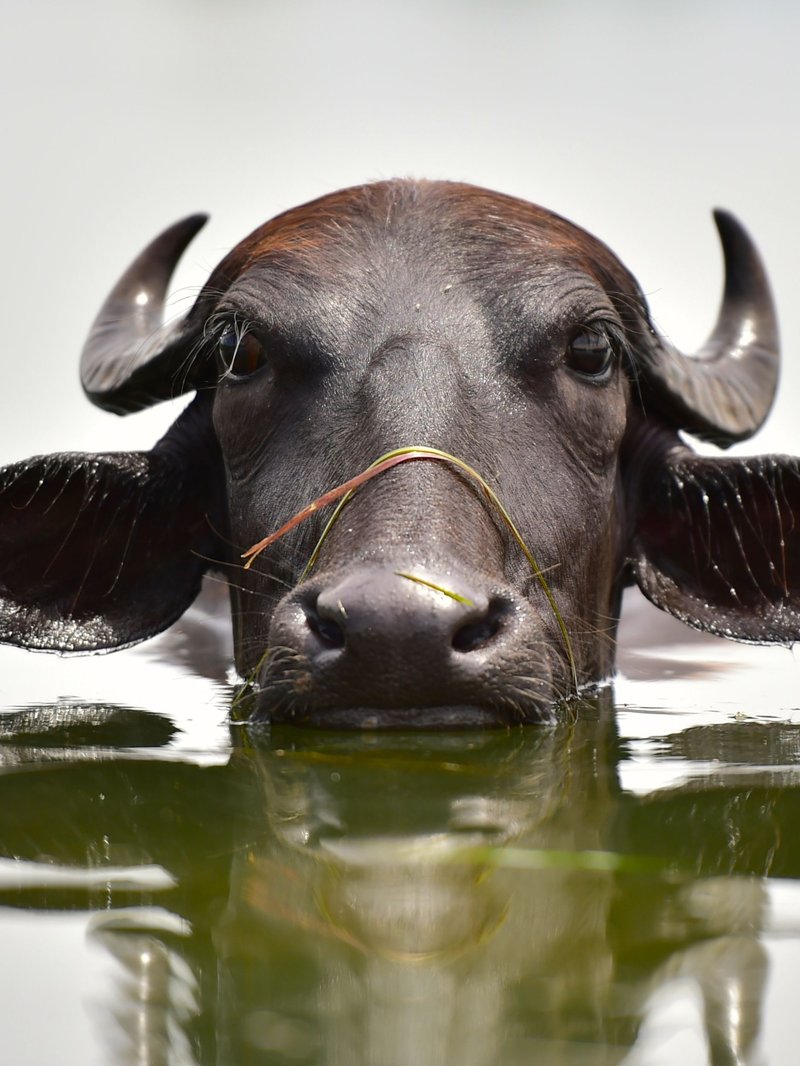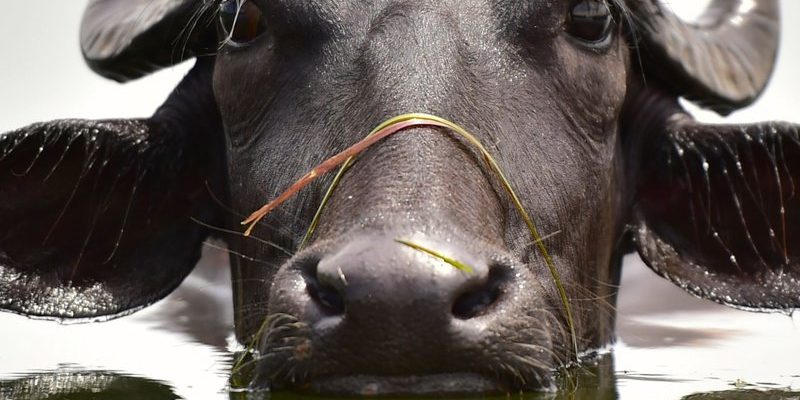
Here’s the thing: understanding whether the water buffalo is endangered isn’t just about knowing their numbers. It involves delving into their habitats, the pressures they face, and what conservation efforts are underway to protect them. Spoiler alert: while they aren’t currently classified as endangered globally, local populations are under serious threat. Let’s dive deeper into the world of water buffaloes and explore the conservation landscape they inhabit.
Water Buffalo Around the World: A Brief Overview
Water buffaloes, or *Bubalus bubalis*, are native to parts of South Asia, Southeast Asia, and even parts of Italy and Egypt. These animals are remarkable for their adaptability to different environments, particularly in wet, marshy areas. They thrive in climates that would typically be challenging for other livestock, making them invaluable to local farmers.
Interestingly, there are two main types of water buffalo: the domestic water buffalo and the wild water buffalo. The domestic variety is commonly used for farming, providing milk and labor, while the wild water buffalo is a more elusive and endangered species. Though they share a name, their fates are quite different, especially regarding conservation status.
The Challenges Water Buffalo Face
You might be wondering, what exactly threatens water buffalo populations? The answers are multifaceted. One major issue is habitat loss. As urban areas expand and agriculture intensifies, the lush wetlands that water buffaloes need to thrive are disappearing.
Additionally, overgrazing can lead to soil degradation, making it harder for these animals to find suitable food. Climate change is another pressing concern, as shifts in weather patterns can affect water availability and, subsequently, the habitats where these buffalo thrive. When you think about it, it’s like a domino effect—one action leads to another, and before you know it, the entire ecosystem starts to unravel.
Conservation Status of Water Buffaloes
Globally, the conservation status of water buffalo varies. The IUCN (International Union for Conservation of Nature) lists the wild water buffalo as endangered due to its declining population and shrinking habitat. Estimates suggest there are fewer than 4,000 wild water buffaloes left in the wild, which is alarming.
In contrast, domestic water buffalo populations are considerably larger and more stable. However, local populations may still be threatened by factors like local hunting or cross-breeding with livestock. Keeping track of these numbers is vital, as each population holds unique genetic information that could be crucial for the species’ overall survival.
Why Conservation Matters
You might think, “Why should I care about water buffalo?” That’s a fair question! The truth is, these animals are integral to the agricultural systems in many countries. They provide milk, meat, and labor for farmers, helping sustain local economies and food supplies. Losing even a small portion of the water buffalo population could have ripple effects on agricultural productivity and food security.
Moreover, preserving water buffaloes helps maintain the biodiversity of their ecosystems. Every species has a role to play, and when one is removed, it can lead to unexpected and often negative consequences. By working to protect water buffaloes, we’re investing in the health of entire environments.
Current Conservation Efforts
Thankfully, many organizations are actively working to conserve water buffaloes. Initiatives include habitat restoration, creating protected areas, and conducting breeding programs for wild populations. Local communities are also being involved in conservation efforts, teaching farmers about sustainable practices that benefit both the buffalo and their livelihoods.
For example, some programs focus on educating farmers about the benefits of preserving traditional farming methods, which often go hand-in-hand with maintaining healthy water buffalo populations. This collaborative approach not only supports conservation but also strengthens community ties, making it a win-win situation.
How You Can Help
Feeling inspired to contribute? There are several ways you can support water buffalo conservation.
- Raise Awareness: Share what you’ve learned about water buffaloes with friends and family. The more people know, the more likely they are to support conservation initiatives.
- Support Conservation Organizations: Consider donating to or volunteering with organizations that work to protect water buffaloes and their habitats.
- Choose Sustainable Products: When buying dairy or meat, look for products that prioritize humane treatment of livestock and sustainable farming practices.
Every little action counts, and together, we can make a difference for these magnificent animals.
In conclusion, while water buffaloes aren’t globally endangered, they do face threats that we can’t ignore. It’s essential for us to recognize the challenges they encounter and support ongoing conservation efforts. Our relationship with these animals goes beyond mere observation; it’s about ensuring a future where they can coexist with humans, enriching our lives and landscapes.
By taking proactive steps, from supporting local farmers to advocating for preservation, we can help ensure that water buffaloes remain a vital part of our world for generations to come. Let’s work together to protect these gentle giants!

